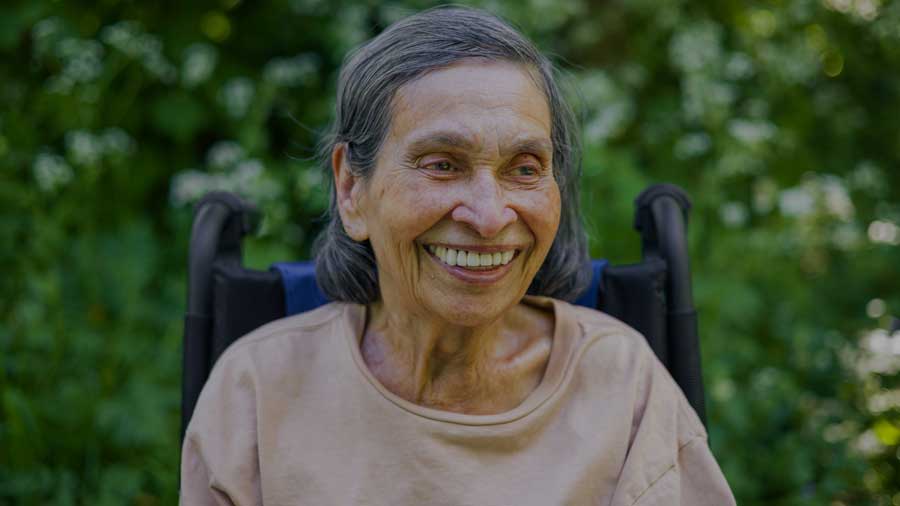Image: Istock
Older people and housing policy
Older people’s needs should be integral to the government’s housing strategy

HEALTH, CARE & SUPPORT

Holly Holder
Deputy Director for Homes, Centre for Ageing Better

Holly Holder
Deputy Director for Homes, Centre for Ageing Better
Issue 77 | April 2025
The government is committed to publishing its housing strategy, with a vision for the homes we need now and into the future. Older people’s housing will no doubt get a reference but with an ageing society, homes that enable people of all ages to live healthy lives should form the very basis of any forward thinking.
In England alone, the number of people in their 50s has increased by 47% since 1985, and there are three times as many people aged over 85 as there were 40 years ago. These statistics mean that we have an obligation to consider our ageing population as a starting point – indeed the foundation – of any housing strategy and not a peripheral factor.
Many ‘baby boomers’ are now in their late 70s, with health conditions that mean independent living may not be possible without certain adaptations or additional support. The NHS tells us that 21% of adults aged between 65-69 need help with at least one daily activity.
Standards over specialism
Starting with an obvious point, but one the government could sidestep: older people’s housing is not synonymous with specialist housing. The vast majority of over-65s (more than 90%) currently live in mainstream housing.
But nearly 8 million people currently live in a home that doesn’t pass the government’s minimum standard for decency. And a third of these people are aged 55 and over. Additionally, 1 million homes are lived in by someone who requires an adaptation but are going without.
Living in a home blighted by cold, mould, damp and other hazards causes health conditions – both physical and mental. Heart attacks, stroke, respiratory conditions, fractures – these serious consequences of poor housing are most likely to happen to older people. And the treatment of these conditions costs the NHS and social care significant amounts of money.
the number of people in their 50s has increased by 47% since 1985
Nine in 10 people over the age of 65 currently live in mainstream housing
the NHS spends £1.1 billion per year treating people as a result of unsafe or poor-quality housing
Health, finance and housing
Analysis from the British Research Establishment suggests the NHS alone spends £1.1 billion per year treating people for illness or injury resulting from unsafe, poor-quality homes.
Separately, research by the London School of Economics estimates a similar amount is spent on formal, paid social care for older adults because of problems linked to living in poor-quality housing. The research also indicates that the equivalent of £3.5 billion worth of care is provided unpaid by family members, neighbours, or friends, as a result of unsuitable housing.
The consequences of poor housing are not just financial. Out of sight, there is the silent but ever-present suffering that people experience if they feel their home is not safe, healthy, or secure.
It’s clear that the housing strategy must include a plan to bring all homes up to a healthy, liveable standard.
Accessibility
The government has an ambitious plan to build 1.5 million new homes within the next five years and it is imperative that these homes are accessible.
Accessible homes enable people to live at home safely for longer, take part in society, and remain in good health (physically and mentally) for longer.
If a home is accessible, there is less likelihood of someone tripping, falling, and becoming isolated. This is not only important for older people but also for disabled people of any age.
By focusing on accessibility and quality, we can save the country millions of pounds in the future and ensure future generations have a much better quality of life.
“Accessible homes enable people to live at home safely for longer, take part in society, and remain in good health (physically and mentally) for longer.”

